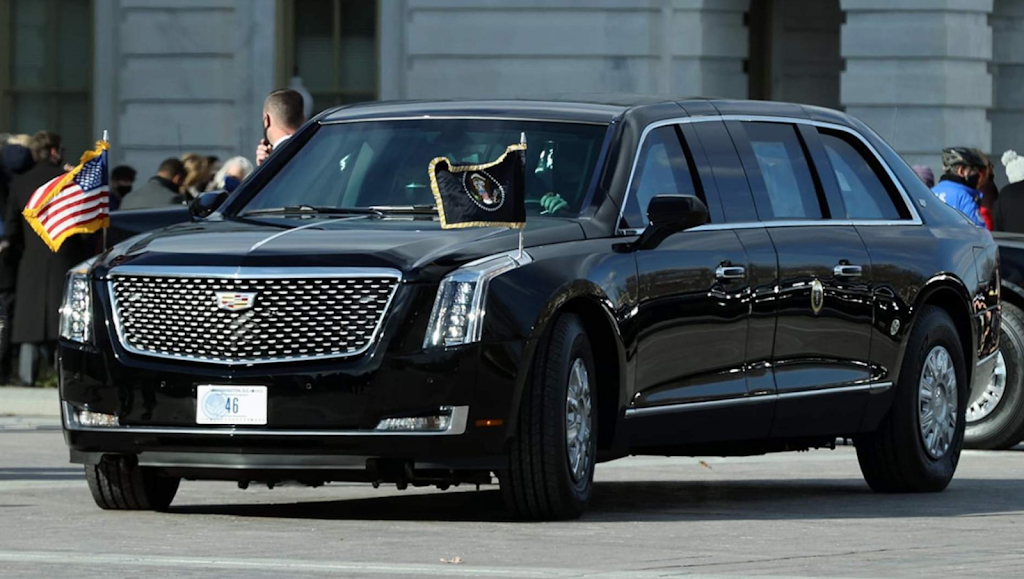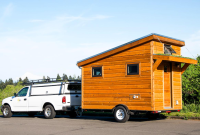Limousine for Presidents
There are times when I wonder how previous US Presidents managed to get around.Before the development of the limousine, the private plane, or even the vehicle, what precisely distinguished the method of transportation used by the President from that utilized by the average citizen?
It is now generally accepted that high-profile people operating in risky regions of the globe must transport themselves in armored vehicles. In essence, a presidential limousine has become nearly synonymous with the term “armed car,” since it is a vehicle that provides extreme security and protection.
It’s possible that the Presidential limousine is something relatively new, something that’s only been around for the previous few administrations of the President. However, this is a common misunderstanding. According to the historical record, Woodrow Wilson was the first President to travel in what is now often referred to as the Presidential limousine. By walking through the streets during a parade marking the United States’ victory in World War I, he was paying tribute to the conclusion of the conflict and, unbeknownst to him at the time, initiating the beginning of a new custom.
Protecting the most powerful people in the world is a serious endeavor, and there are only a select few businesses in the world that have the specialized technical talents required. It is believed that the armored limousine that was constructed for President Harry S. Truman in 1949 by the engineering company of O’Gara-Hess & Eisenhardt was one of the first armored automobiles constructed specifically for a political leader.
Technology has made significant strides in recent years, and it has been shown that it can save lives even in the most dire of circumstances. It is said that the automobile that President George W. Bush uses is the most technologically sophisticated ever. Vehicle security is based on the following three fundamental principles:
- Safety at the point of attack
- Capability to evade and flee danger
- Defense mechanisms
Models that are publicly marketed as having security that is up to “presidential standards” are equipped with armor that surrounds the battery, radiator, and engine block, as well as technologies that automatically seal the fuel tank to avoid explosions. Night vision systems are another metric that can be found in the models that are considered to be of the highest quality. When the President makes trips abroad that need security transportation, the limousine that he uses is occasionally carried along. The President will sometimes make use of transportation that is already located inside the nation.
For a very long time, limousines have been seen as the ultimate symbol of prosperity. Automotive manufacturers create stretch limos fit for the president, complete with bulletproof glass and a plethora of other safety measures. These limos are then given to the president, who is currently in office. As seen by President Bush’s recent purchase of a Cadillac DTS Limousine, the presidential limousine of choice for U.S. presidents over the years has consistently been a Cadillac model.
It doesn’t really make a difference since the last presidential limo was a Cadillac, and the one that comes after that will be one as well. It is considered proper etiquette for the head of state to travel in a car produced by the most prominent automobile manufacturer in their respective nation. The Jaguar holds that title in the United Kingdom, but in many other countries, it is shared by two different manufacturers: Peugeot and Renault in France; BMW and Mercedes-Benz in Germany; and in Japan, Emperor Akihito is currently driven in a Nissan Prince Royal, with a suitably upmarket Toyota in the works.
As we have been mentioning, a limousine is a luxury vehicle that is often associated with the affluent and the provision of strict security. Because of this, limos are not only owned by people but also by governments for the purpose of transporting top politicians; by major firms for the purpose of transporting executives; and by broadcasters for the purpose of transporting visitors.




